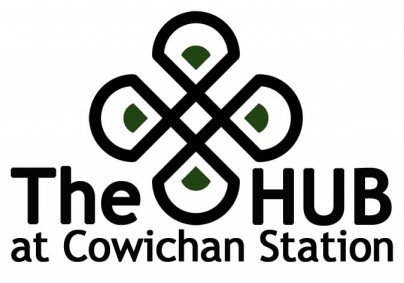
Xwulqw’selu (Koksilah) River & Watershed
The Koksilah River originates on the slopes of Waterloo Mountain, southwest of Shawnigan Lake. It flows eastward for approximately 44 km before discharging into the Cowichan/Koksilah estuary. The watershed area is approximately 302 km2.

The main tributaries of the Koksilah River are Fellows Creek in the west, and Kelvin, Patrolas, Howie and Glenora creeks, which enter the Koksilah about 4-6 km upstream of the estuary in Cowichan Bay.

The name Koksilah is thought to be the Hul’qumi’num word for horse corral. This was noted in journals from Robert Brown in the mid 1800’s. He also referred to the Koksilah River as being abundant in minerals, marble, coal, copper and gold as he explored and wrote about the interior of Vancouver Island.
Once known as a haven for steelhead, today the river is in recovery. The steelhead were almost eliminated in the late 1980’s by over fishing, now the run is endangered as a result of poor logging practices that increase sedimentation and degrade spawning beds. As the Koksilah does not originate from a lake it is subject to low summer flows, sedimentation and flash floods.
An invasive river species that has shown up in the last 20 years is the annual bloom of Didymo (aka rock snot), a freshwater algae, first recorded as a nuisance in 1989 in Southern Vancouver Island rivers. It forms a solid brown wooly mat that can smother other algae thus affecting the productivity of the river.
In 2015, Cowichan Station Area Association (CSAA) volunteers concerned about the impacts of land use and climate change on our local water and environment came together to form the Koksilah Watershed Working Group. It’s aim, to build the knowledge and capacity of the community to bring sound science-based recommendations into land use decision making processes for the Koksilah/Xwulqw’selu Watershed.

The Koksilah River is enjoyed by many in the valley as the refreshing place to swim on hot summer days because the water temperature is always cooler than the Cowichan River.
It has a distinct beauty and diversity, from rocky canyons, waterfalls and rapids to a slow moving wide river. Dark, stately Douglas-fir and western redcedar forests, open rocky outcrops with arbutus and moss and red alder thickets are typical. It is used extensively by many species of birds including merganzers with young, dippers and kingfishers.
